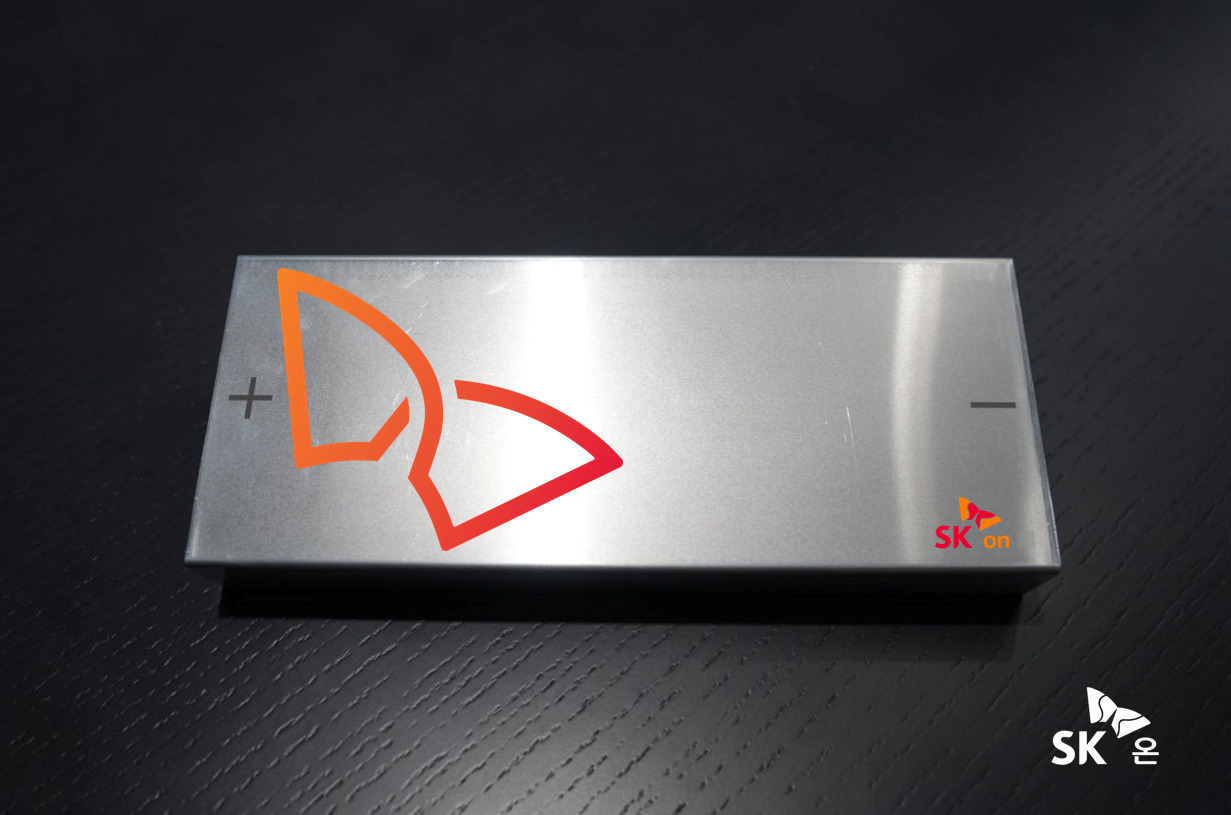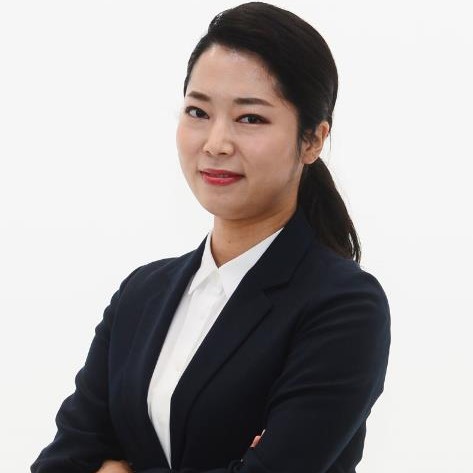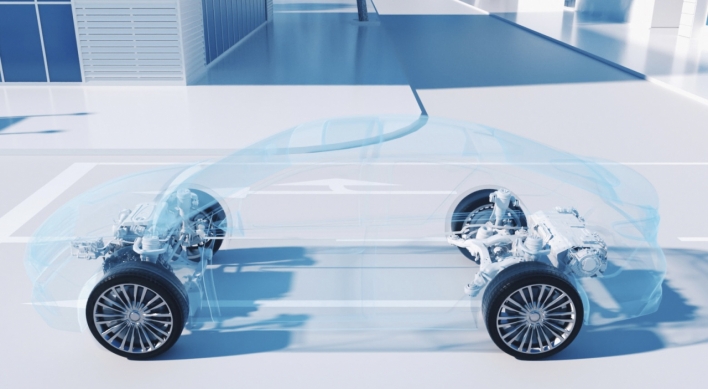[KH Explains] Korean battery makers hint at ‘price war’ against Chinese rivals
LG Energy Solution, SK On to unveil cheaper LFP batteries at this week’s InterBattery exhibition; Samsung SDI focuses on high-manganese batteries without pricey cobalt
By Byun Hye-jinPublished : March 12, 2023 - 15:50

After years of a high-pricing, premium strategy, South Korea’s top three battery makers -- LG Energy Solution, Samsung SDI and SK On -- are increasingly turning their eyes to low-priced batteries in an apparent move to prevent ceding more market share to their fast-growing Chinese rivals in the soaring global electric vehicle market.
SK On, a spinoff from SK Innovation, will unveil its first lithium iron phosphate (LFP) battery, at this week’s InterBattery trade show that kicks off Wednesday in Seoul, making its official entry into the lower-end battery market dominated by a slew of Chinese players.
“After successfully applying high-nickel battery technology to LFP battery cells, we have 70 to 80 percent longer EV range compared to existing LFP batteries (mostly made by Chinese companies),” said an SK On official.
The official added the new product lineup will help diversify its corporate clientele as well as secure price competitiveness.
LG Energy Solution, the largest among the three, also plans to showcase LFP batteries for energy storage systems during the upcoming three-day exhibition.
Earlier, the company had said it would convert and set up existing production lines in China and the US for LFP-based ESS.
Because the Chinese plant in Nanjing already produces nickel, manganese and cobalt batteries -- better known as NCM batteries -- for Tesla, speculation is running high that some of the LFP batteries could be supplied to the US EV maker’s Shanghai Gigafactory. Tesla uses LFP batteries made by CATL only.
“The long-length LFP battery cells in ESS can be put into EVs easily as they show better performance than standard-sized cells,” an industry official said on condition of anonymity.
An LG official declined to comment on producing LFP batteries for EVs but offered a positive outlook for its market potential.
“Korean-made LFP batteries would have an upper hand in terms of product quality and accessibility to the US market,” he said, citing the Inflation Reduction Act, which basically curbs tax benefits for EVs and parts made by China.
Samsung SDI, on the other hand, is focusing on developing high-manganese batteries without cobalt, one of the expensive battery materials along with nickel.
“High-manganese batteries have higher energy density than LFP batteries but are less costly and more stable than NCM batteries,” said a Samsung official. One high-manganese battery cell's power is equivalent to that of almost two LFP battery cells combined, the official added, making production of high-manganese battery cells as cost efficient as the cheaper LFP ones.
No cheaper alternative to LFP
Until a few years ago, LFP batteries were dismissed as low-end batteries used mostly for Chinese EVs, prompting Korean batteries makers to turn to high-priced NCM batteries that boast higher energy density for premium EVs.
But that market sentiment has started shifting more recently in line with the expansion of EV sales. Amid heated competition, carmakers are keen on reducing the price of the battery pack that makes up almost 50 percent of the car price.
“Reducing the battery price is actually the most effective to lower the car price,” said Choi Jae-won, a chemistry professor at Gyeongsang National University.
“Korean battery makers could stick to the high-pricing policy when it comes to smartphones with a lot smaller battery pack, but for larger EVs, they are under greater pressure to reduce the battery costs.”
Yoon Young-soo, an energy engineering professor at Korea University, echoed the view.
“NCM battery cells are losing competitiveness gradually as Chinese battery makers come up with more advanced LFP batteries like the ‘4680 cylindrical batteries,’” he said, referring to the largest of cylindrical batteries at a diameter of 46 millimeters and 80 mm in length.
“Chinese companies are expanding their presence even in the higher-end markets.”
In January, the world’s top two EV battery makers were CATL and BYD, both from China. CATL, without NCM batteries, ranked first with a 33.9 percent market share, according to market tracker SNE Research, while BYD came second with 17.6 percent.
The Korean trio had a combined 23.2 percent -- LG Energy Solution with 13 percent, Samsung SDI with 5.5 percent and SK On with 4.7 percent.
Major global carmakers, despite pressure from the IRA, are seeking cheaper batteries to secure the price competitiveness of their EVs.
US auto giant Ford in February vowed to set up a $3.5 billion battery plant in Michigan using battery technology licensed from CATL. It plans to use LFP batteries for the flagship Mustang Mach-E electric sport utility vehicle and F-150 Lightning pickup.
Tesla, who already uses CATL’s LFP batteries in Model 3 and Model Y, said earlier this month it would roll out a new EV that will cost about half the price of manufacturing a Model 3. Following CATL’s recent announcement of an almost 40 percent cut in battery prices, industry watchers predict the two companies could forge a new partnership for the “half-priced” Model 3.
“For now, there is no cheaper alternative to LFP in the market,” Choi, the professor, said. “If Korean companies do not prepare for the LFP transition, which is fast becoming a primary battery pack, they could lose ground to China.”
Currently, LFP batteries are priced about 20 to 30 percent cheaper than NCM batteries.
Yoon, on the other hand, said it may be too late to catch up with Chinese rivals.
“China has already widened the gap with Korea, fueled by its advanced technology as well as control over the raw materials and low labor costs,” he said.
“For Korean battery makers, high-manganese batteries could be a better alternative to LFP.”








![[Kim Seong-kon] Democracy and the future of South Korea](http://res.heraldm.com/phpwas/restmb_idxmake.php?idx=644&simg=/content/image/2024/04/16/20240416050802_0.jpg&u=)










![[Today’s K-pop] Zico drops snippet of collaboration with Jennie](http://res.heraldm.com/phpwas/restmb_idxmake.php?idx=642&simg=/content/image/2024/04/18/20240418050702_0.jpg&u=)